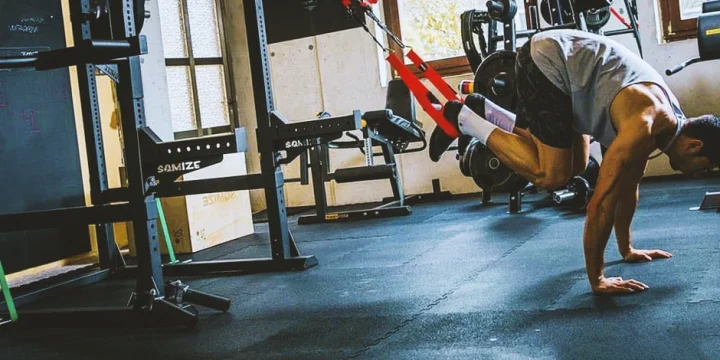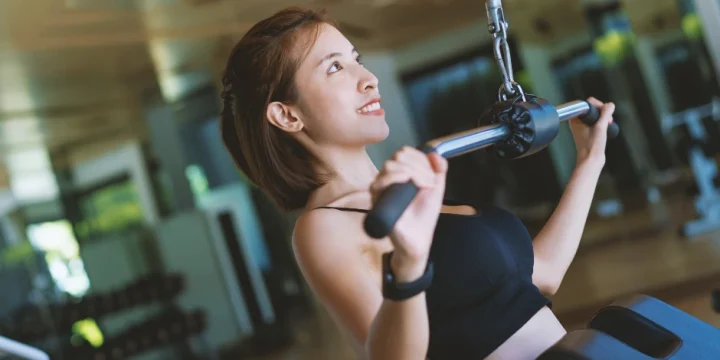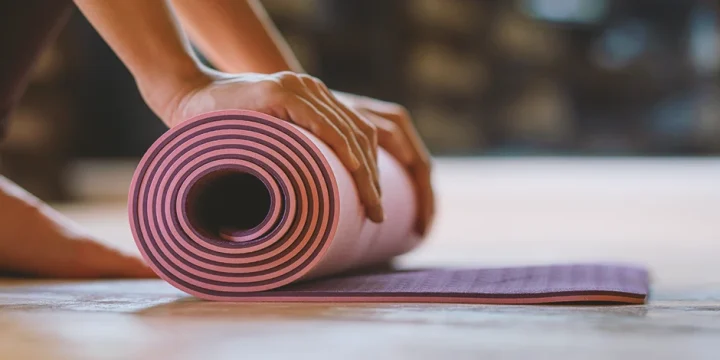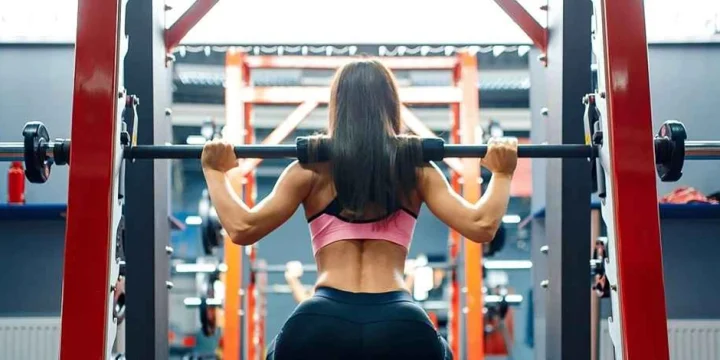Some athletes prefer making their own gym chalk to save money and avoid skin reactions caused by store-bought options.
I've researched a simple DIY solution for this.
Quick Summary
- To make your own gym chalk, mix school chalk, cornstarch, baby powder, and water, then let it dry to achieve the desired consistency.
- Making gym chalk at home is cost-effective and allows customization to avoid skin reactions from store-bought options.
- Gym chalk differs from regular chalk in composition, often containing additional ingredients like cornstarch and talcum powder for improved grip, as noted by DrugWatch.
- Personally, I find the process of making gym chalk at home to be a creative and practical solution, offering a customized grip aid that is both economical and environmentally friendly.
How Do You Make Gym Chalk?

You can make gym chalk by using a few household ingredients like chalk, cornstarch, baby powder, and water. And once properly mixed, you can turn it into any shape or size you like.
I remember the first time I made gym chalk at home, using just chalk, cornstarch, baby powder, and water. The process was straightforward, and I loved that I could shape it to my preference, making my training sessions more personalized and efficient.
Here are the simple steps to follow.:
- Step 1: Buy two boxes of 40 pieces of school chalk and place them in a mixing bowl. Top up the bowl with water and leave the chalk soak for about 5 minutes.
- Step 2: Place the wet chalk in a blender and add a small amount of water. Blend it until you have a smooth consistency and you don’t see any large pieces. It should almost look like yogurt or ice cream.
- Step 3: Add 1.5 pounds of cornstarch powder into the bowl and mix it slowly with a large spoon. You might need to add a drop of water at this stage to get the two ingredients to mix properly.
- Step 4: Add two ounces of baby powder and gently mix this in as well. Make sure you get some unscented, hypoallergenic baby powder to avoid skin irritations. Alternatively, use a medicated one with zinc to help with skin health [1].
- Step 5: Pour in half a cup of water and start stirring the mix until you don’t see any clumpy powder. This can take several minutes, and it’s important to do this properly.
- Step 6: Use baking molds to pour your DIY gym chalk mix into. You can also use large bread-making trays to make a large chunk that you can then cut to your preferred size.
- Step 7: Ideally, place the molds in a sunny place where they will dry in about seven days.
Is It a Good Idea to Make Your Own?
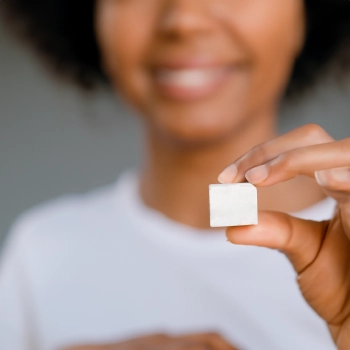
Yes, it can be a good idea to make your own gym chalk.
In most cases, this might be a necessary step if you have had allergic skin reactions to a store-bought one.
Absolutely, making your own gym chalk can be a game-changer. I recall the irritation from store-bought chalk, prompting me to make my own. The difference was night and day, with no more allergic reactions and an enhanced grip during my workouts.
Skin reactions tend to be rare, but I know a few people who are very reactive to all sorts of ingredients, and then it’s just safer to make your own as you have full control over the ingredients.
And if you tend to go through a lot of it during training or improving your grip strength, then you can save some money by making your own in bulk.
While gym chalk is essential for many athletes, it's crucial to consider its environmental footprint. Both liquid and dry chalks can have environmental implications, especially concerning packaging waste and chemical disposal. As eco-consciousness rises, exploring eco-friendly alternatives or sustainable production methods can make a significant difference.
One other option I would recommend if you’re struggling with grip during lifting is a good set of the best lifting straps.
Is There A Difference Between Gym Chalk And Regular Chalk?
Yes, there is a difference between gym chalk and regular school chalk.
While gym chalk is based on the regular stuff you use to write on a blackboard, it also contains a few other ingredients, like cornstarch and talcum powder, according to the DrugWatch [2].
I used to wonder about the difference between gym and regular chalk until I tried both. Gym chalk, enhanced with ingredients like cornstarch and talcum powder, offers a superior grip, something I noticed immediately during my lifting sessions compared to using regular chalk.
With various types of gym chalk available, from liquid to block and powder, each has its unique advantages. Liquid chalk, for instance, is celebrated for its mess-free application and lasting grip, while block and powder chalk offer traditional tactile experiences. Depending on your gym routine and personal preferences, understanding the nuances of each type can guide you to the perfect choice.
I would not recommend just using a few sticks of school chalk, as it won’t have the right consistency to allow you to easily spread it over your palms and fingers.
“How often you reapply will depend on how sweaty you get, but applying a fresh coat before every set is a good rule of thumb.”
- Kelsey Cannon, Writer at menshealth.com
FAQs
What Is Gym Chalk Made Out Of?
Gym chalk is made of regular chalk, cornstarch, and talcum powder. You mix these ingredients with water until you get a smooth paste. Then you can pour the mixture into molds to your preferred size.
What Can You Use Instead of Gym Chalk?
You can use lifting straps and gloves instead of gym chalk. With the right type of gloves, you should be able to achieve the same and often much better grip than with chalk.
References:
- https://www.johnsonsbaby.com/baby-products/johnsons-medicated-baby-powder-zinc-oxide
- https://www.drugwatch.com/talcum-powder/
About The Author
You May Also Like
